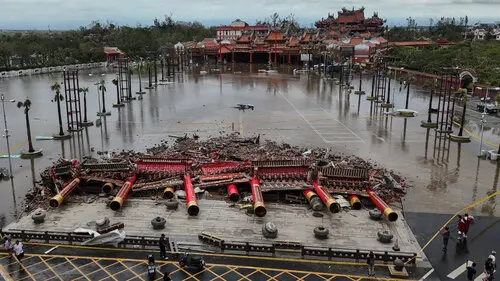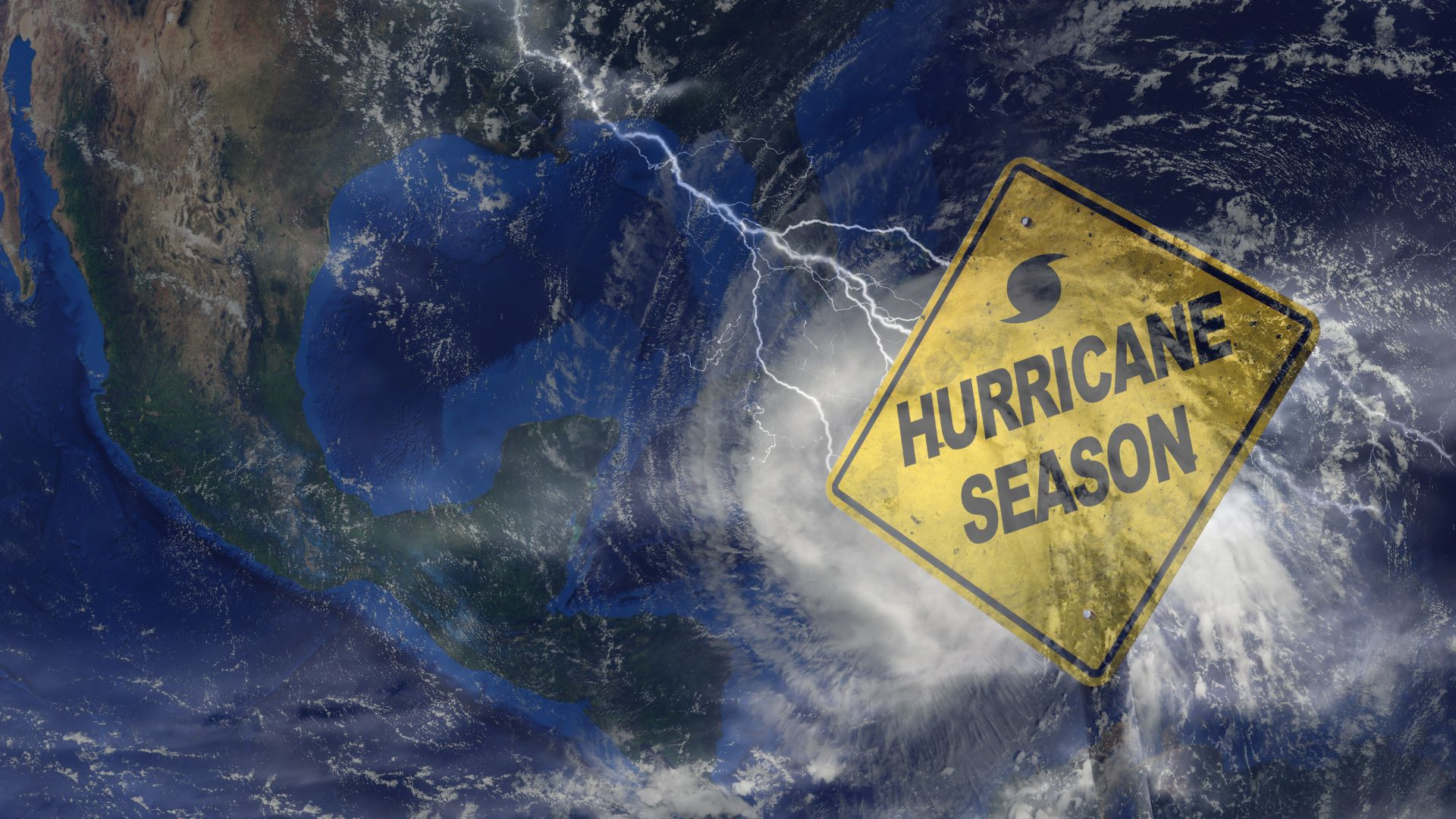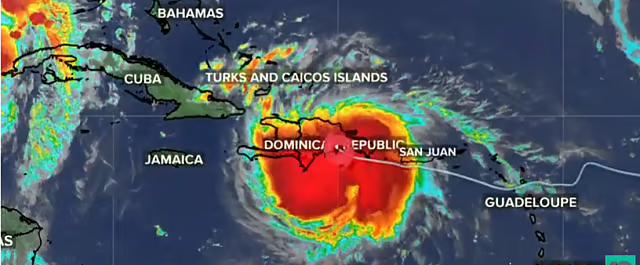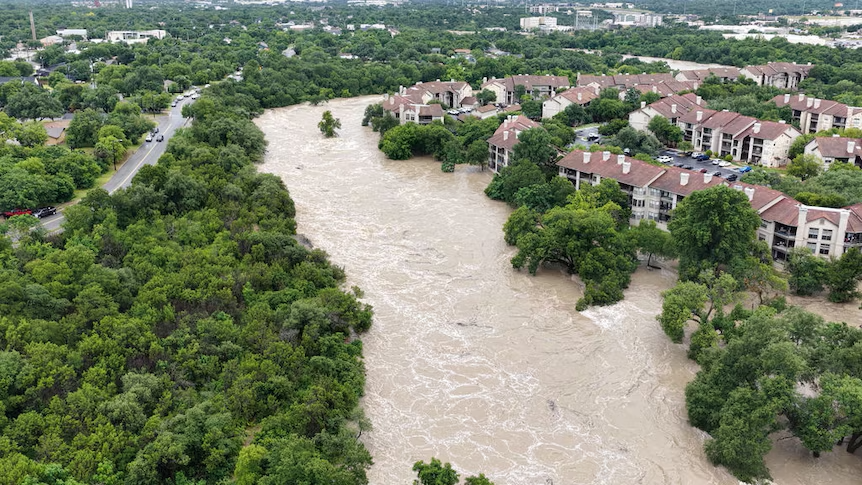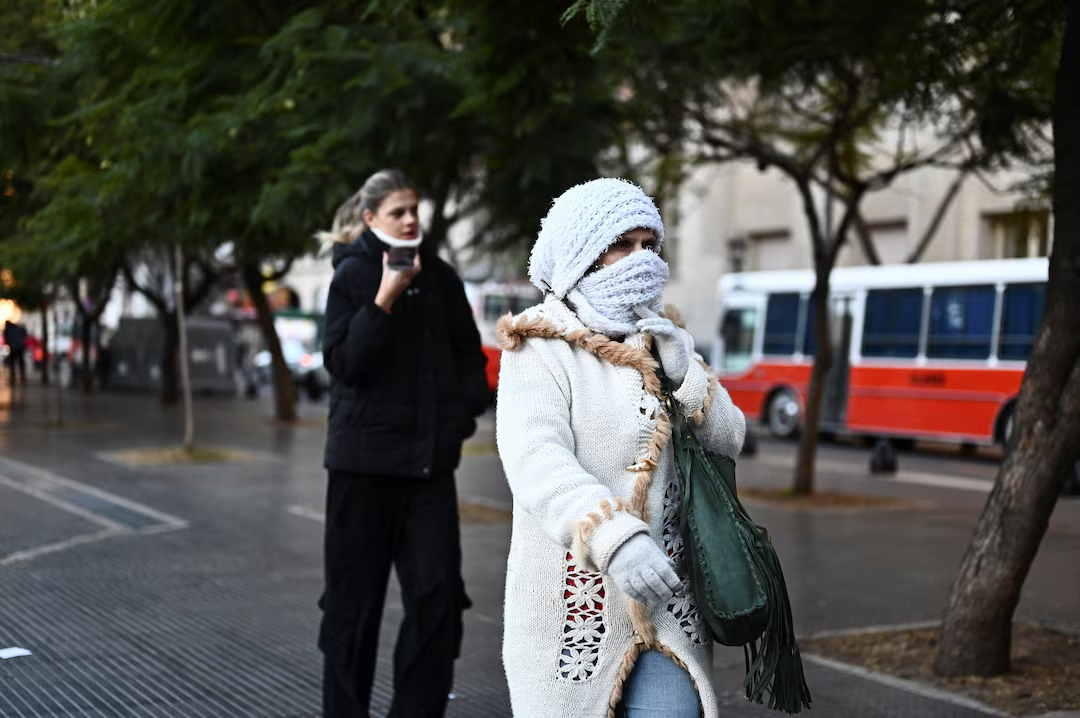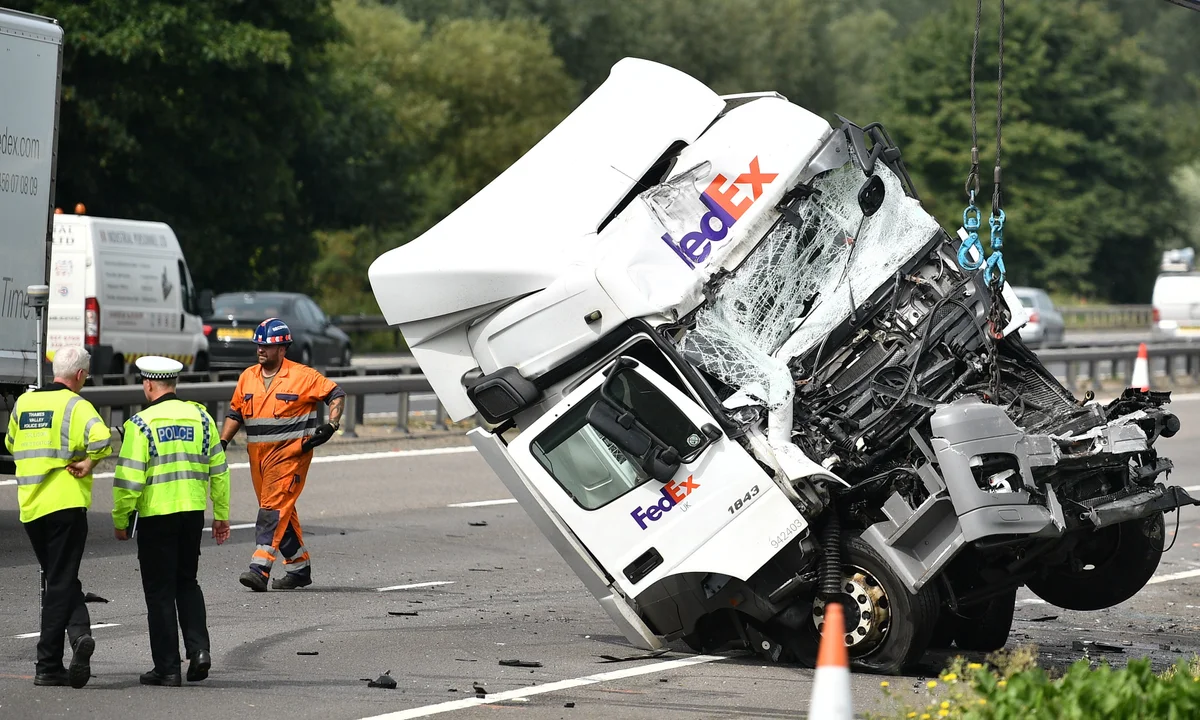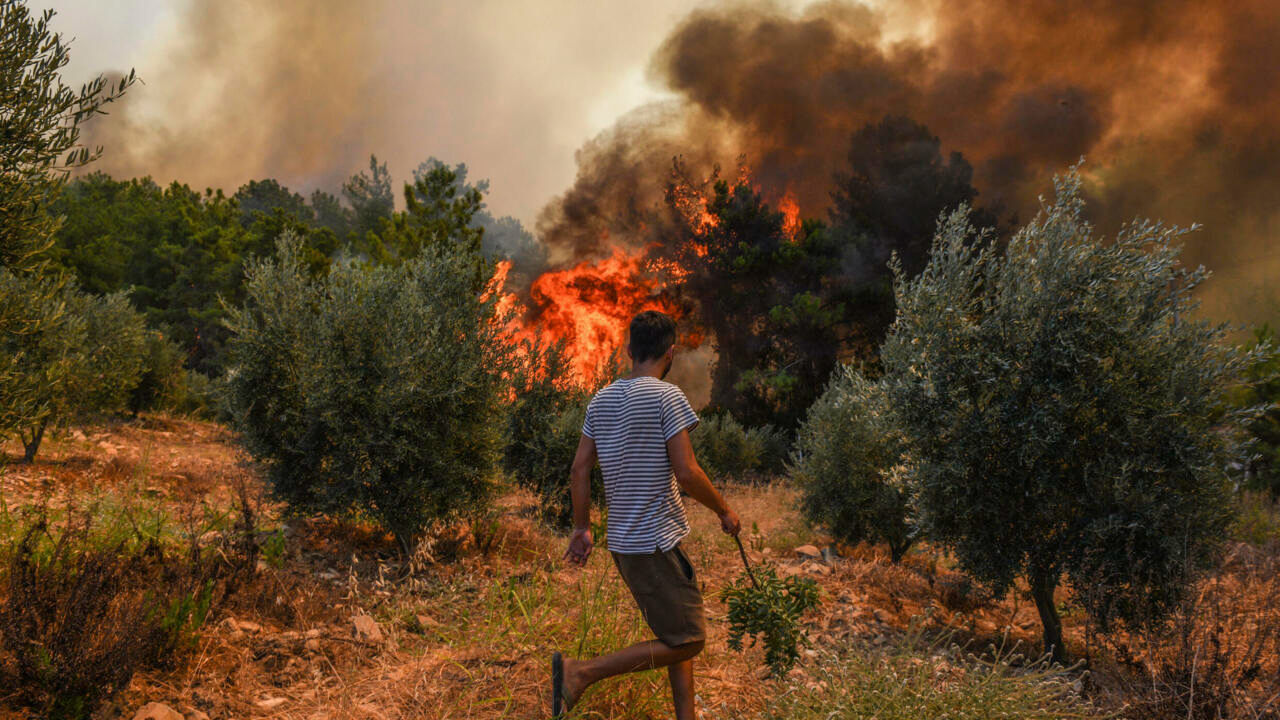
Europe’s Wildfire Emergency Death Toll Rises Amid Climate Extremes
1. Fires Rage Across the Continent
Summer 2025 has plunged Europe into one of the most destructive wildfire seasons in recent history. As blazes sweep across regions from the Iberian Peninsula to the Mediterranean coast and Eastern Europe, thousands of acres of forest have been reduced to ash, entire communities displaced, and lives tragically lost. Fueled by a rare combination of prolonged drought, high winds, and record breaking heat, the wildfires are no longer a seasonal inconvenience they are a full blown emergency. As of early July, the death toll from these wildfires continues to climb, adding another layer of tragedy to a continent already reeling from an unforgiving heatwave.
2. Death Toll Climbs in Southern and Eastern Europe
Confirmed fatalities across Europe have reached a grim new milestone. At least 16 people have died in wildfire related incidents across Spain, Greece, Turkey, and Italy, with dozens more injured and several still missing. In Spain’s Catalonia region, two farmers attempting to defend their land were overtaken by flames. In southern Italy, three residents of a hillside village perished when a fast moving fire surrounded their homes. Meanwhile, in Turkey’s Aegean region, elderly residents were unable to evacuate in time as a blaze engulfed their isolated community. These are not isolated incidents; they reflect a growing pattern where climate extremes collide with human vulnerability.
3. Displacement and Destruction at Unprecedented Scale
In addition to the tragic loss of life, hundreds of thousands have been forced to evacuate. Entire villages in Greece and Spain have been emptied as fires closed in with little warning. Campsites, hospitals, schools, and tourist resorts were evacuated within hours. In the Greek island of Crete, an estimated 5,000 people had to flee when a fire leapt across containment lines. Italy’s southern Calabria region saw flames destroy agricultural land and hundreds of homes. Emergency shelters are operating at capacity, with exhausted firefighters working around the clock to protect lives and property. The emotional toll on families who have lost everything is impossible to measure in numbers.
4. Wildfires Compounding the Heat Crisis
This year’s wildfire season has emerged in parallel with one of the most intense heatwaves Europe has ever seen. Temperatures exceeding 46°C (114.8°F) have turned forests into tinderboxes, and the resulting fires have only made conditions worse. Smoke clouds have worsened air quality, leading to respiratory distress and hospitalizations far from the fire zones. In Portugal and France, dense smoke blanketed entire cities, forcing the closure of schools and businesses. For many elderly and vulnerable citizens already struggling to cope with extreme heat, the added strain of smoke exposure has been fatal. Heat and fire are proving to be a lethal combination, with each worsening the impact of the other.
5. Infrastructure Under Siege
The wildfires have also put massive pressure on Europe’s infrastructure. Power lines have been damaged, train services halted, and major highways closed due to advancing flames or poor visibility. In Marseille, wildfires came dangerously close to the international airport, halting air traffic and prompting evacuations of surrounding neighborhoods. Southern Spain and parts of Croatia reported blackouts after fires damaged transmission equipment. The stress on firefighting forces is severe; in some regions, local fire departments have had to call in international assistance. Despite Europe’s advanced emergency response systems, the speed and scale of the fires have repeatedly outpaced containment efforts, leaving both rural and urban populations exposed.
6. A Climate Driven Crisis
Experts agree that the 2025 wildfire season is not a coincidence. Europe’s fire prone regions are experiencing longer and more intense fire seasons, directly linked to rising global temperatures and decreasing precipitation. Decades of poor forest management, combined with urban expansion into wildland areas, have only worsened the risk. In countries like Greece and Spain, overgrown vegetation, high fuel loads, and insufficient fire breaks have created conditions ripe for uncontrollable fires. Scientists warn that unless decisive action is taken to reduce greenhouse gas emissions and invest in climate adaptation strategies, such catastrophic seasons will become the new normal. The fires of 2025 are a warning of what lies ahead.
7. A Call for Preparedness and Action
While emergency responses have been swift and often heroic, the events unfolding this summer highlight a deeper need for long term solutions. Europe must rethink its wildfire strategy not just in terms of suppression, but prevention. This includes smarter land use planning, increased funding for fire services, investment in early warning systems, and public education on evacuation protocols. The continent must also confront the underlying driver the climate crisis. Without bold policy shifts to curb emissions and protect ecosystems, the human and environmental cost will continue to rise. The deaths this summer are not just numbers; they are the painful proof that we are unprepared for the new climate reality.
Conclusion
The rising death toll from Europe’s wildfires is a stark and heartbreaking reminder that climate disasters are no longer distant threats they are present day emergencies. In 2025, the line between natural disaster and human tragedy has grown thinner than ever. From isolated rural villages to bustling cities, the flames have not discriminated. As Europe mourns the lives lost and begins the long road to recovery, one truth is clear resilience is not optional. The future will be hotter, drier, and more dangerous unless collective action both local and global is taken to prevent today’s tragedies from becoming tomorrow’s routine.
Related Post
Popular News
Subscribe To Our Newsletter
No spam, notifications only about new products, updates.

